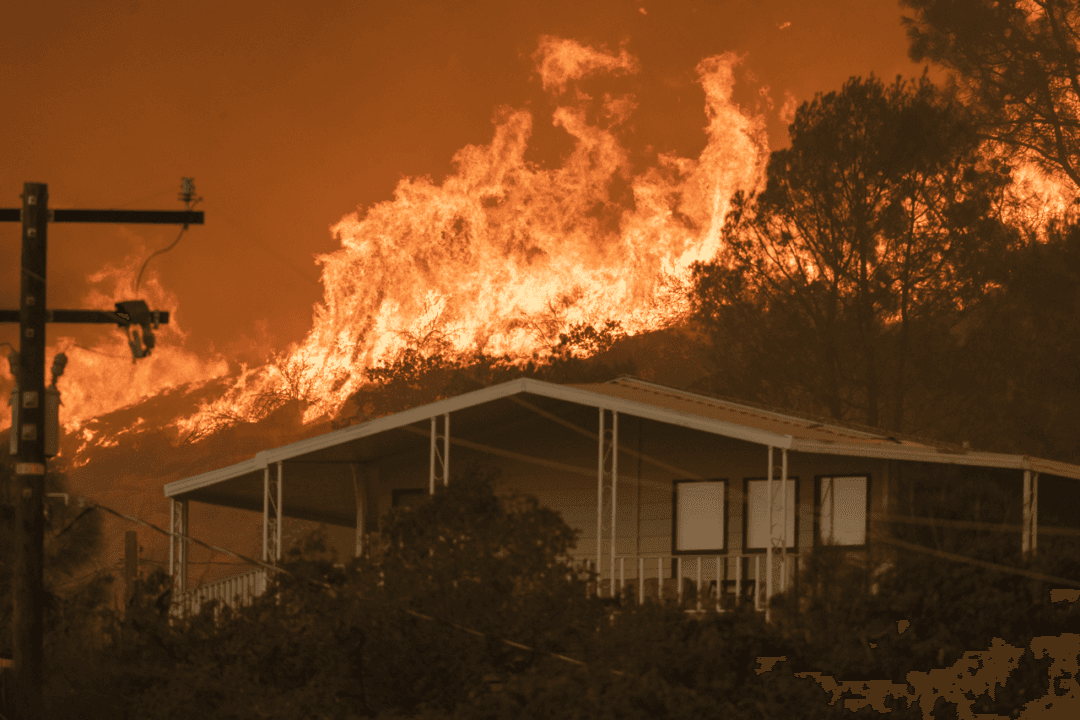Finding insurance in California, especially for fires, may prove increasingly difficult as many large providers have reduced or pulled their coverage.
Farmers Direct Property and Casualty Insurance is one of the latest, after surrendering its certificate of authority Sept. 15 in California, which means the primarily home and auto insurance provider no longer offers policies to Californians.





